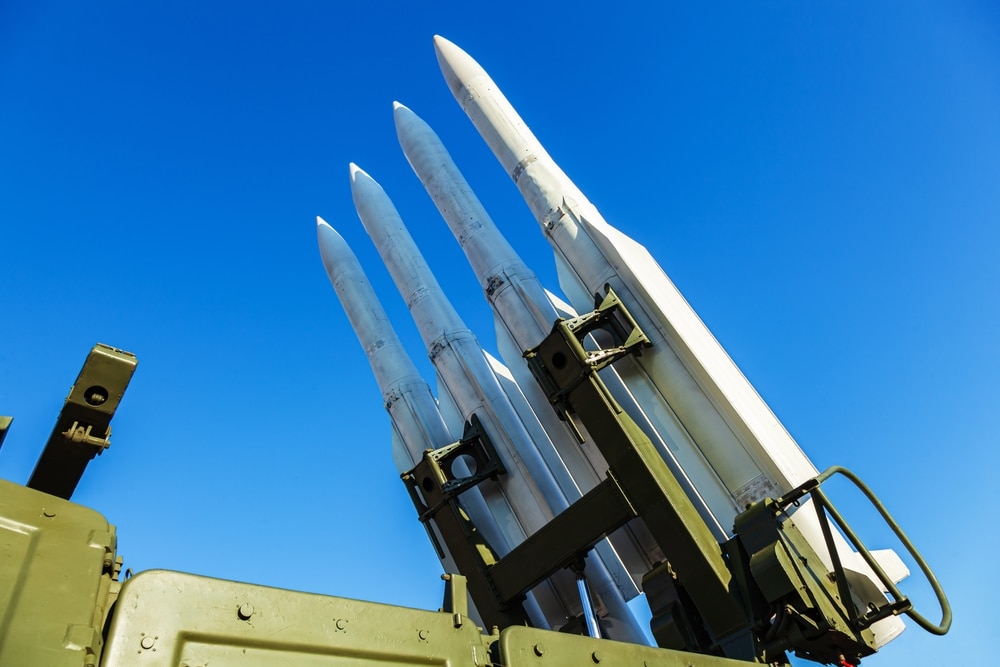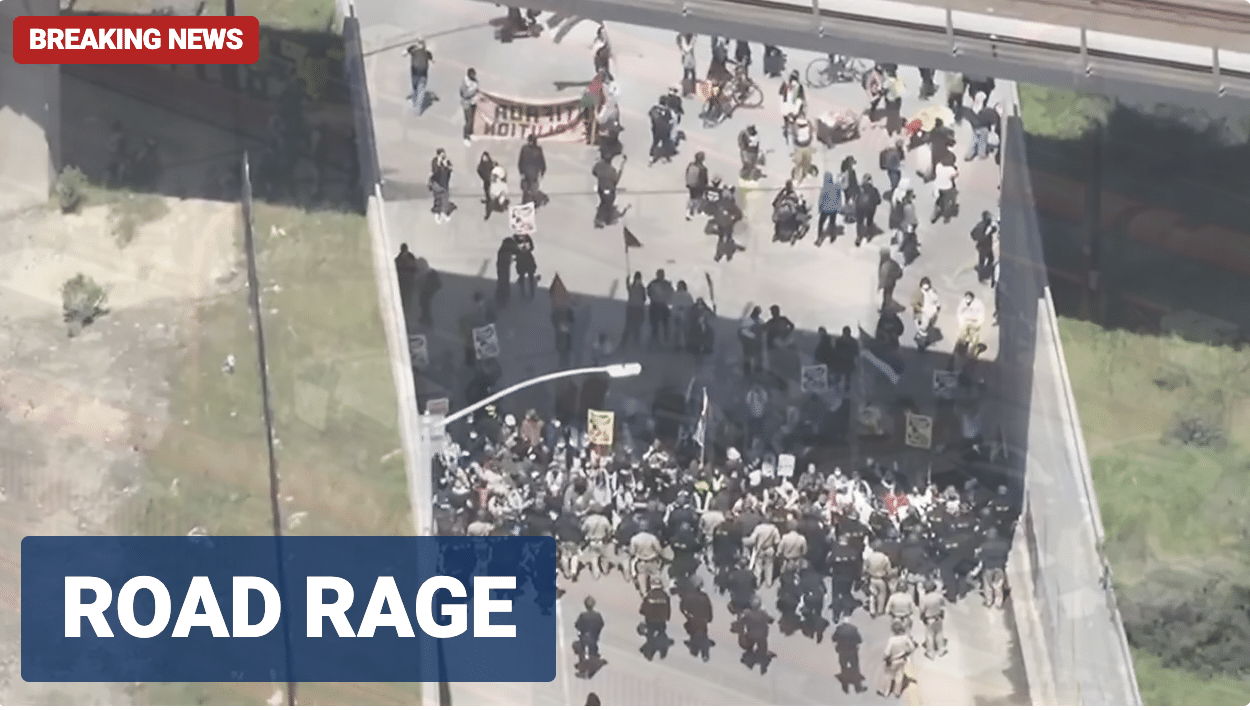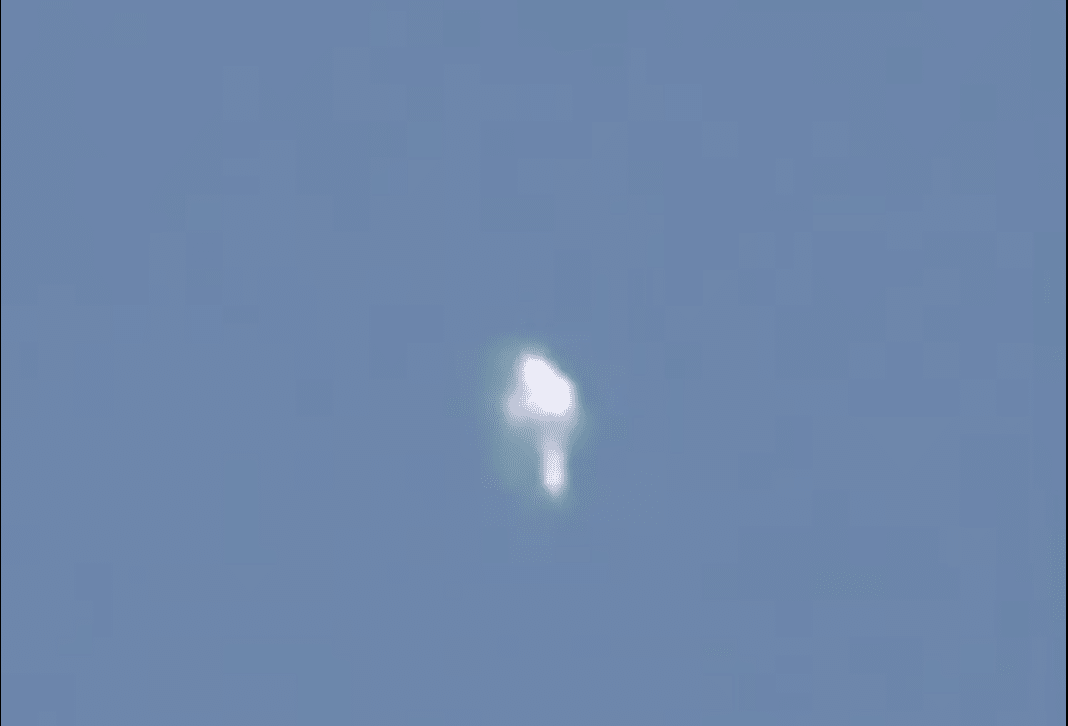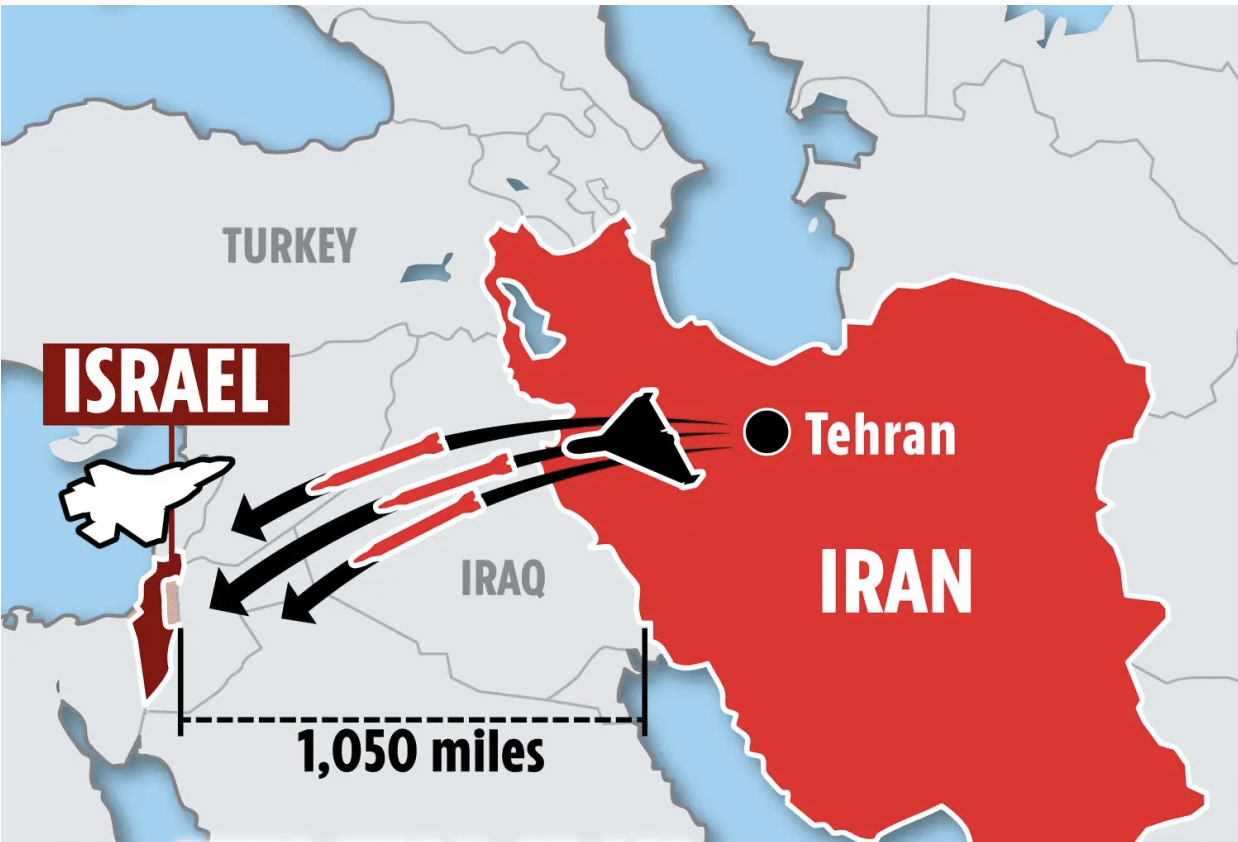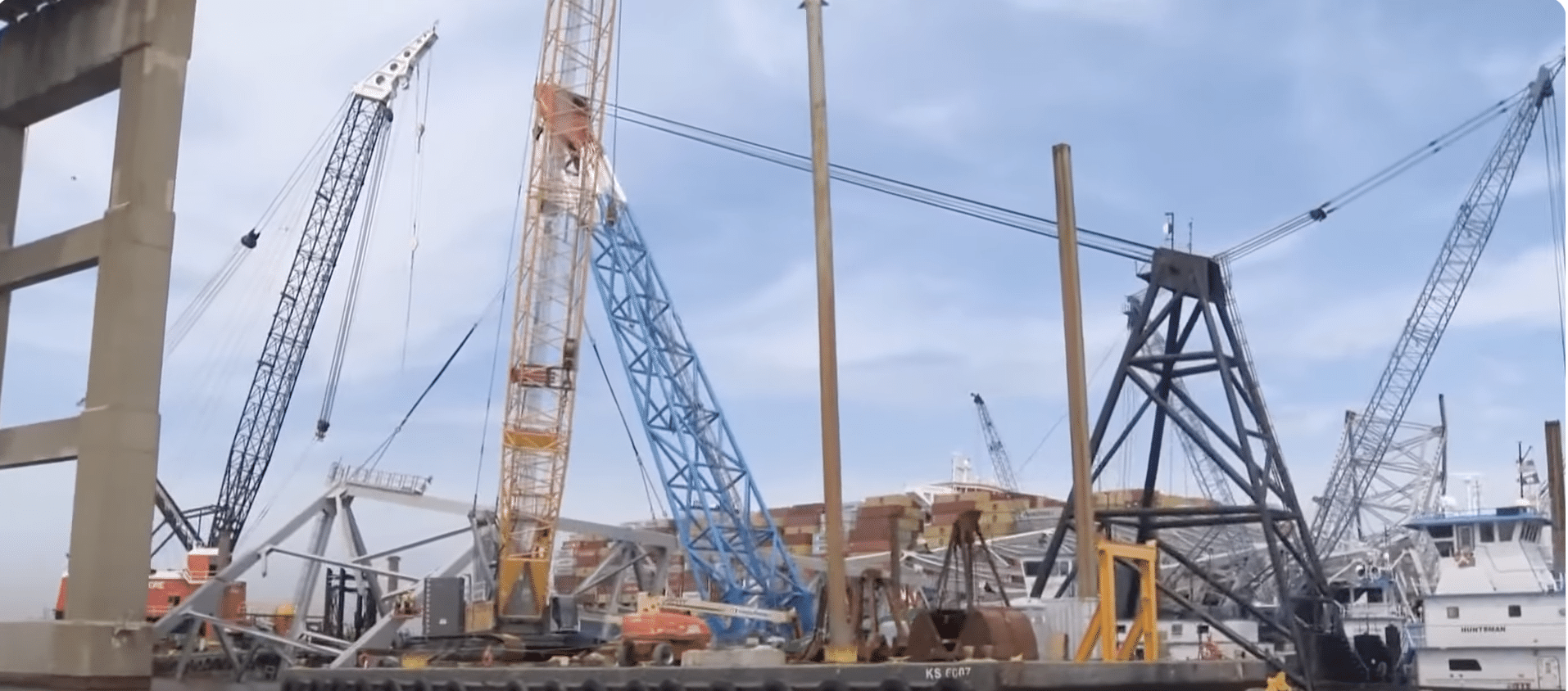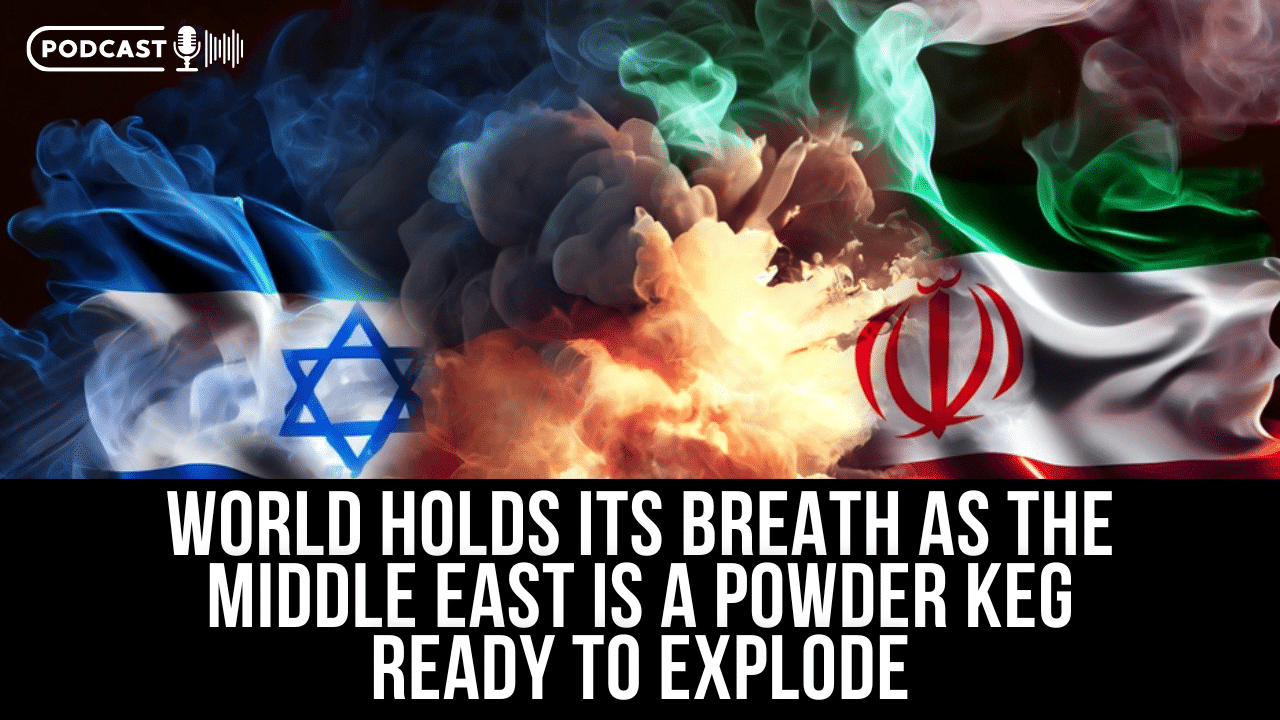In between a succession of media interviews, Mike Flannigan pauses to refresh his computer screen with the latest meteorological satellite information of the Fort McMurray wildfire. A short animated loop of clouds swirling across Western Canada pops up, with small concentrations of white dots—the heat from wildfires—glowing in the vicinity of Alberta’s oilpatch capital.
“It’s waking up again. Not as bad as yesterday, but it’s starting,” says Flannigan, a professor of wildland fire and director of the Western Partnership for Wildland Fire Science at the University of Alberta. It’s mid-morning on May 4, the day after more than 80,000 people fled the Fort McMurray area and the raging wildfire that has proved the most devastating to a populated settlement in Alberta history. READ MORE






